Indonesia's Nickel Mining Dispute in Raja Ampat Deepens as Ministries Clash
Main Takeaways
|
JAKARTA, investortrust.id — Indonesia’s government is sending mixed signals on the legality of nickel mining activities in the pristine region of Raja Ampat, with one ministry greenlighting operations while others prepare legal action.
Following a surprise inspection by Minister of Energy and Mineral Resources Bahlil Lahadalia on Saturday, nickel mining activities on Gag Island in West Papua were declared “not problematic.” But just hours later, the Ministry of Forestry announced it was preparing to take legal steps against several mining companies operating in forested areas of the same region.
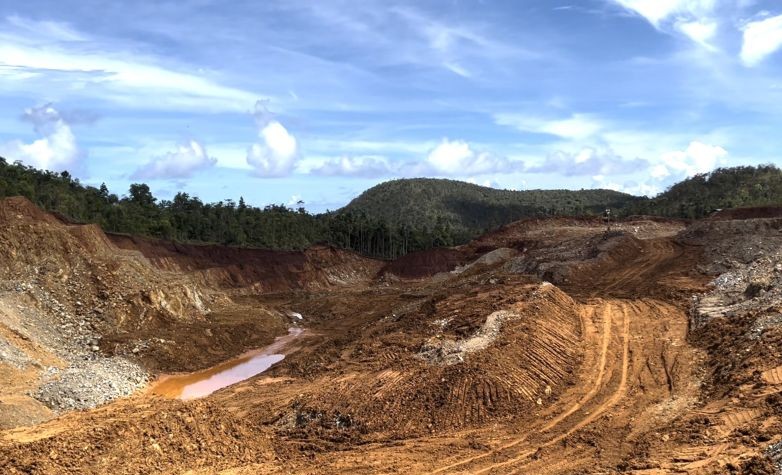
Dwi Januanto Nugroho, Director General of Forestry Law Enforcement, said his office would initiate investigations into three companies—PT GN, PT KSM, and PT MRP—two of which hold forest utilization permits (PPKH), while one is allegedly operating without a permit.
“We are taking measured legal steps through three instruments: administrative, civil, and criminal,” Dwi said in a statement on Sunday, June 8. “We found indications of mining activity in protected forest zones, and we will pursue these violations based on data collected between May 27 and June 2.”
Ministry of Environment has announced plans to impose strict legal and administrative measures on nickel mining firms operating in Raja Ampat, a region recognized as the heart of global marine biodiversity.
Minister of Environment and Forestry Hanif Faisol Nurofiq said the government will not tolerate any environmental damage in the West Papua archipelago, which hosts more than 75% of the world’s coral species and numerous endemic marine life.
“Raja Ampat is a globally significant conservation area. We will not allow a single inch of it to be compromised,” Hanif said in a statement on Monday, June 9. “Our top priority is law enforcement and ecological restoration.”
Findings and Legal Actions
Hanif emphasized that Raja Ampat is classified as a National Strategic Area for Biodiversity Conservation under Presidential Regulation No. 81 of 2023 and must be protected under strict spatial planning laws.
The Ministry of Environment conducted field inspections between May 26 and May 31 at four mining companies—PT Gag Nikel (GN), PT Anugerah Surya Pratama (ASP), PT Kawei Sejahtera Mining (KSM), and PT Mulia Raymond Perkasa (MRP)—and found multiple red flags.
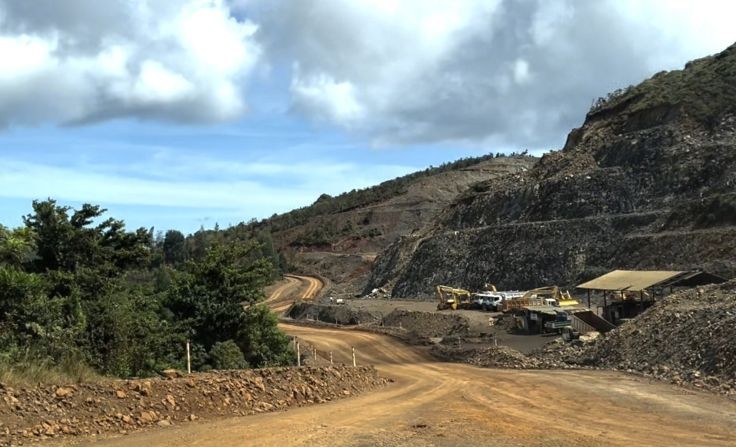
PT Gag Nikel (GN) has operated since 2017 on Gag Island, which is entirely within a protected forest zone and classified as a small island. KLH plans to reassess the company’s environmental approval and has ordered restoration of ecological damage.
PT Anugerah Surya Pratama (ASP), active since 2013 on Pulau Manuran and Waigeo, was found responsible for pollution due to a breached settling pond and for operating in a designated nature reserve. Criminal prosecution and civil lawsuits are being prepared.
PT Kawei Sejahtera Mining (KSM), which holds a production license for operations on Kawe Island, was found to have conducted activities beyond its licensed forest production zone. The ministry is now reviewing its environmental permits and preparing forestry-related legal action.
PT Mulia Raymond Perkasa (MRP), which operates on Manyaifun and Batang Pele Islands, was caught conducting exploration without any environmental documentation or forest-use permits. Activities have been halted and legal proceedings initiated.
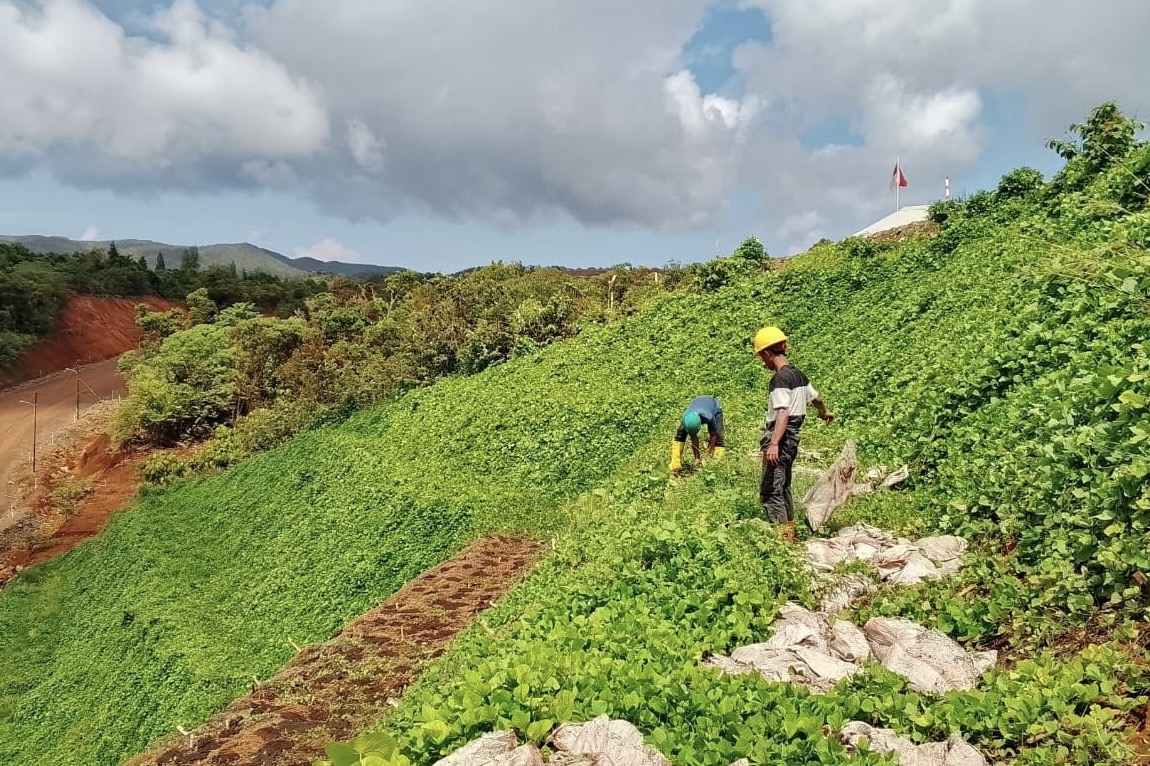
Conflicting Government Views
The conflicting stances between the Ministry of Energy and Mineral Resources (ESDM) and the Ministry of Forestry have fueled public confusion and political tension. While ESDM sees no irregularities, the forestry authority is actively building legal cases based on alleged violations of conservation law.
Governor of Southwest Papua Elisa Kambu, who accompanied Bahlil on the field visit, also dismissed the environmental allegations as misleading.
“We saw the site ourselves. The sea was blue, the operations were clean, and reforestation had already begun,” Kambu said. “The viral videos showing murky water do not appear to be from Gag Island.”
He was echoed by Raja Ampat Regent Orideko Burdam, who praised PT Gag Nikel’s operations and called for stricter monitoring of environmental permits, including Environmental Impact Assessments (Amdal).
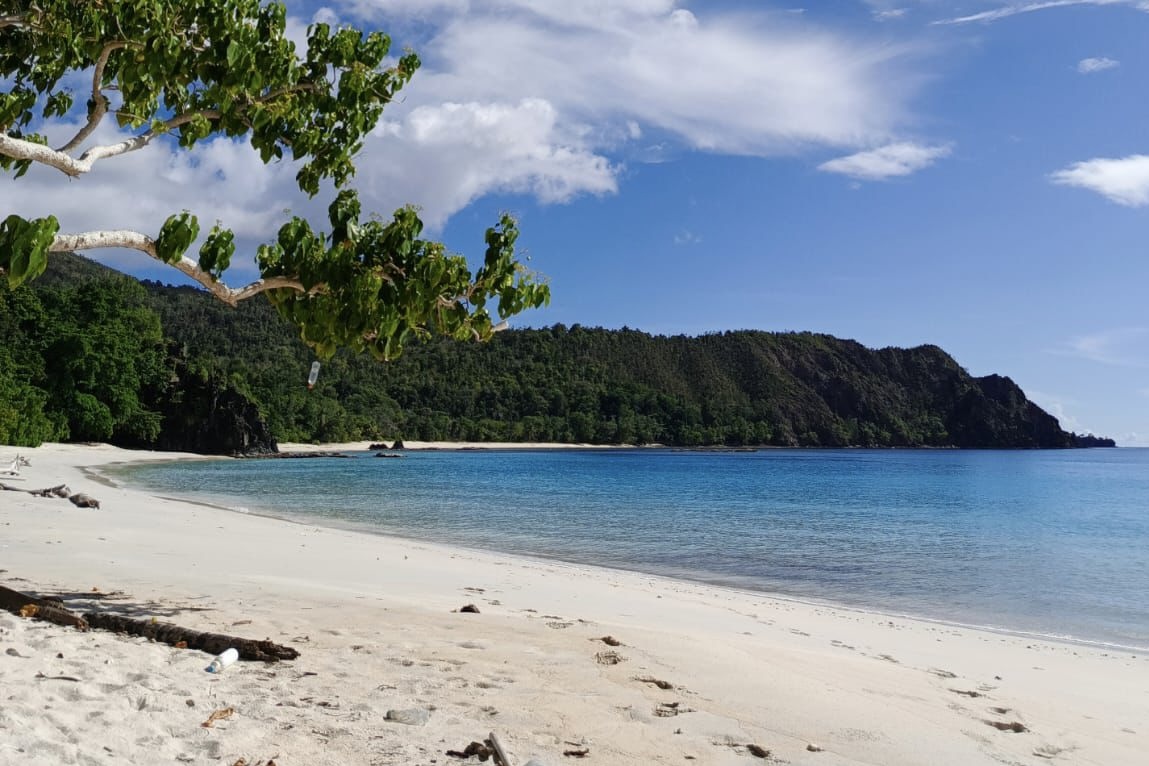
Parliament and Business Leaders Weigh In
In a strong response, Deputy Speaker of the People’s Consultative Assembly (MPR) Eddy Soeparno warned that illegal mining in a globally recognized eco-tourism site such as Raja Ampat could severely damage Indonesia’s international reputation.
“If the government confirms environmental destruction due to illegal mining, Indonesia’s image as an eco-tourism destination—especially under UNESCO’s Global Geopark status—could suffer irreparably,” he said.
Eddy emphasized that mining is vital for Indonesia’s economy, contributing to both revenue and employment. But he argued that companies found violating laws in protected regions should be blacklisted and barred from future mining activity.
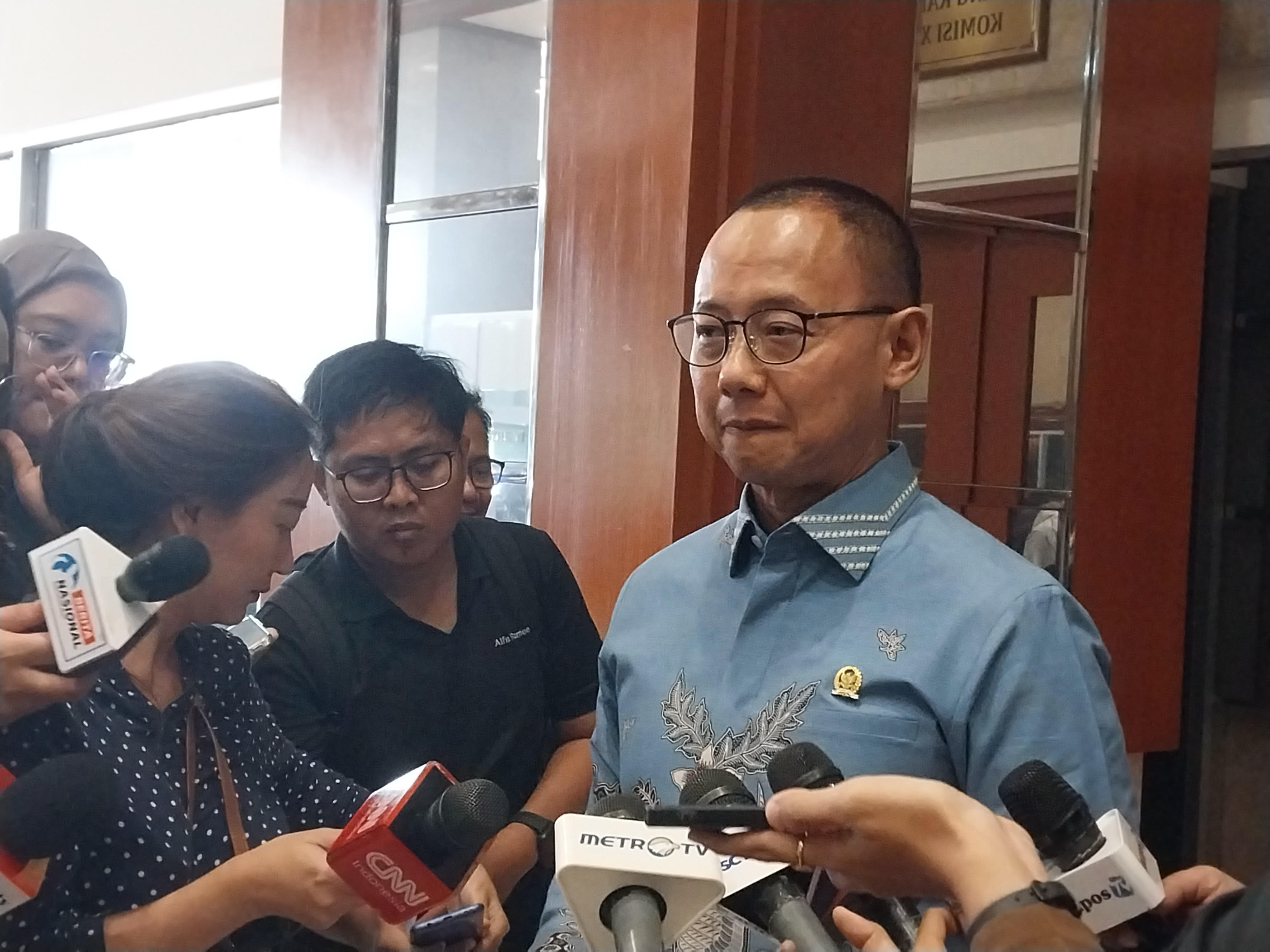
Meanwhile, the Indonesian Young Entrepreneurs Association (HIPMI) urged the public and policymakers to remain vigilant against what it calls “foreign narratives” aimed at discrediting Indonesia’s mining sector.
“Environmental campaigns are sometimes weaponized for foreign political and economic interests,” said HIPMI Secretary General Anggawira. “We must protect national interests without compromising environmental accountability.”
He cited positive examples of responsible mining practices by companies like Vale Indonesia, Merdeka Copper Gold, and Bukit Asam, which have received government recognition for sustainability efforts.
The Stakes: Between Eco-Tourism and Energy Transition
Raja Ampat is not just a biodiversity hotspot—it’s also a symbol of Indonesia’s tension between conservation and industrial growth. The region is globally known for its coral reefs and marine life, drawing tourists and scientists alike. At the same time, Indonesia’s push for downstream industrialization (hilirisasi) hinges on raw material extraction, particularly nickel, a critical mineral for EV batteries and the global energy transition.
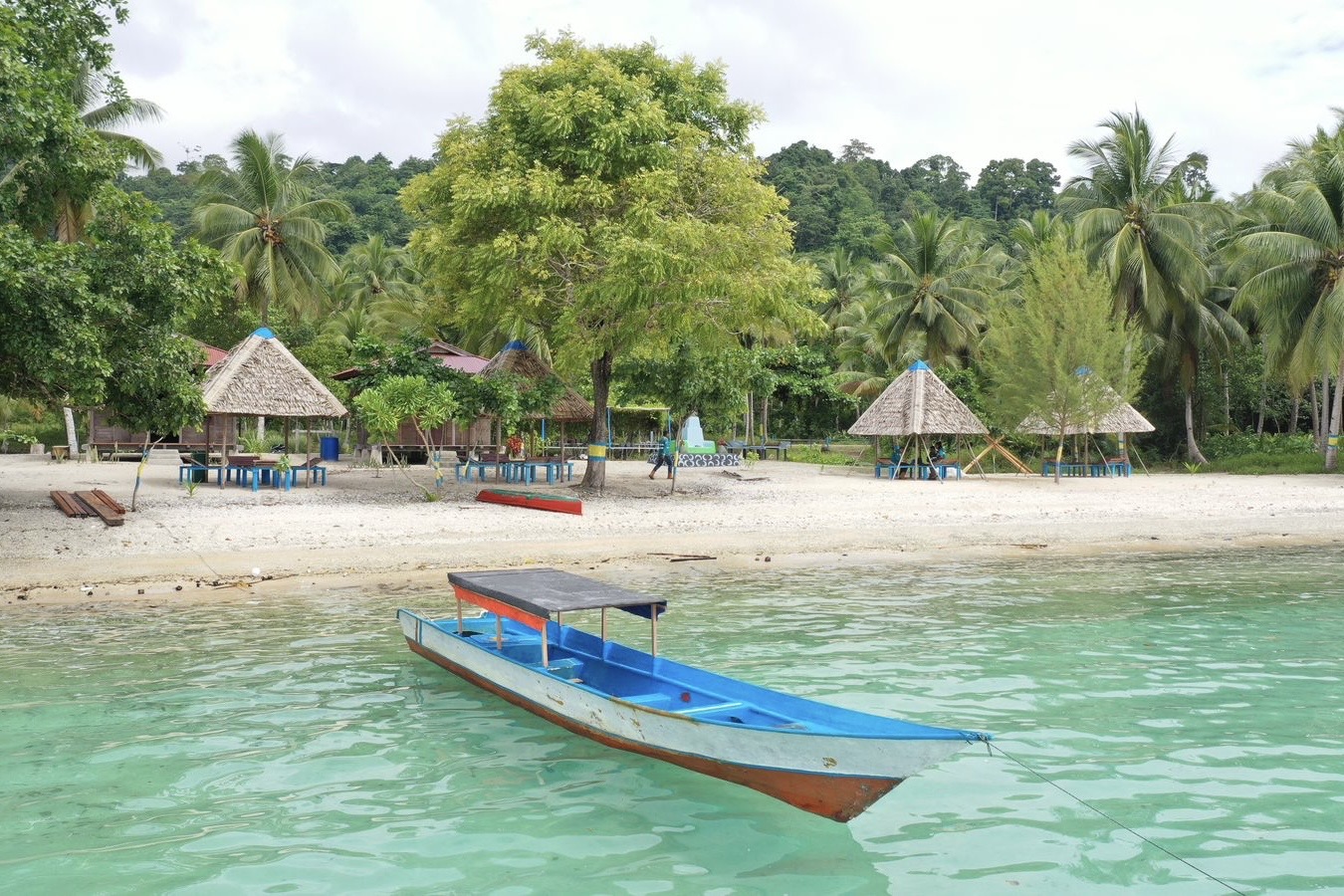
Indonesia's 2020 Mining Law and the 2021 Government Regulation on Mining Implementation provide legal frameworks for responsible operations. Yet enforcement and transparency remain sticking points.
“This is not just about regulations—it’s about consistent law enforcement,” said Anggawira. “We need to reward companies doing the right thing and penalize those who violate the law. That’s how Indonesia can lead sustainable mining.”

